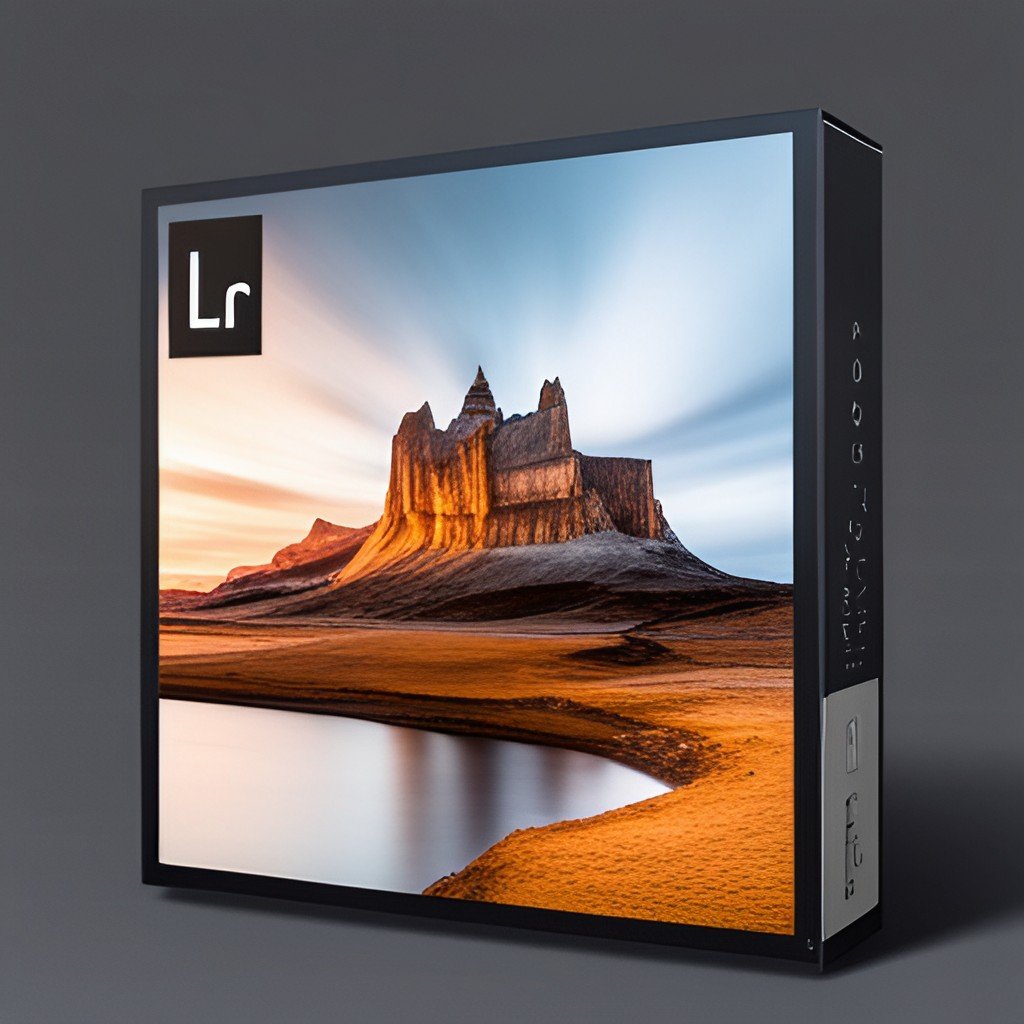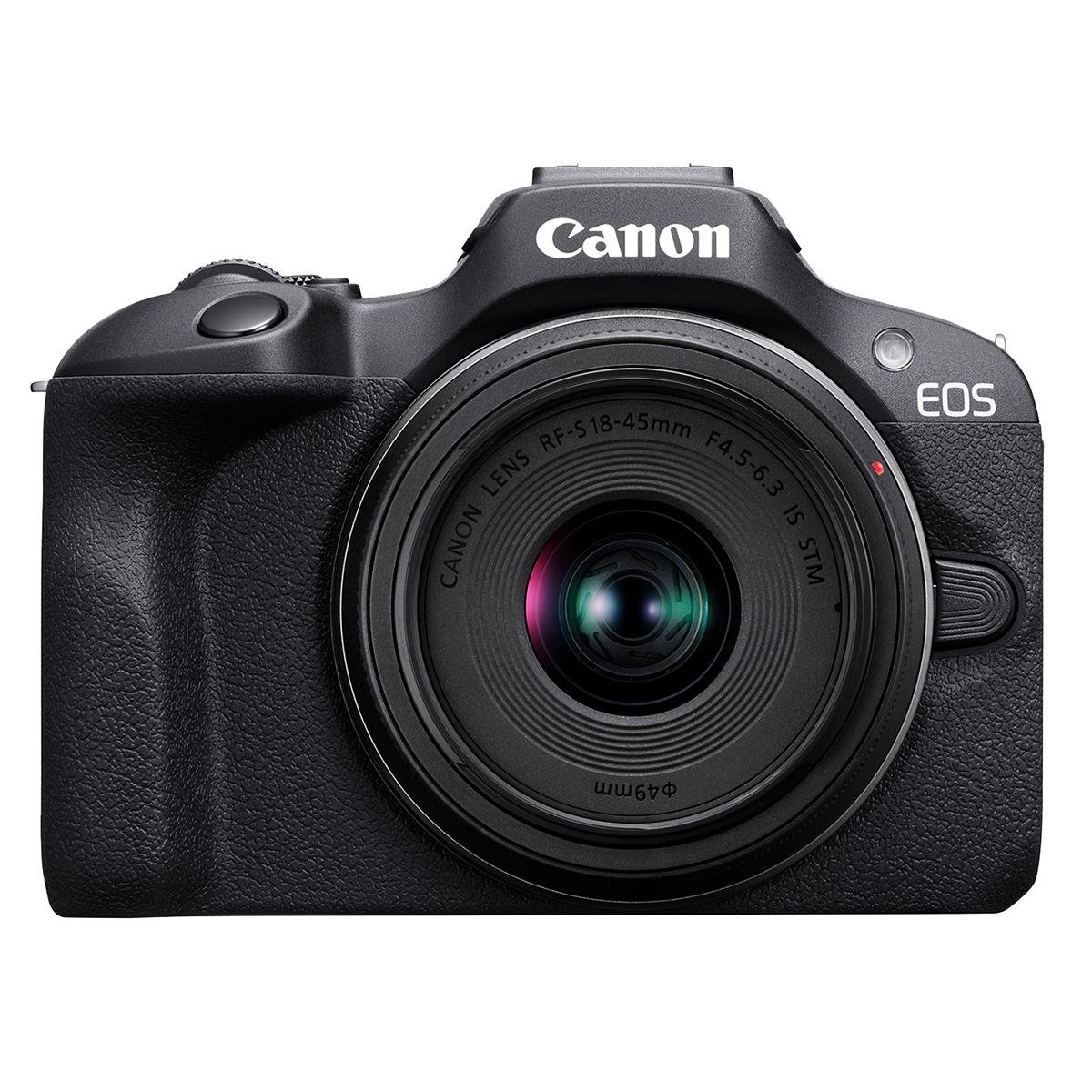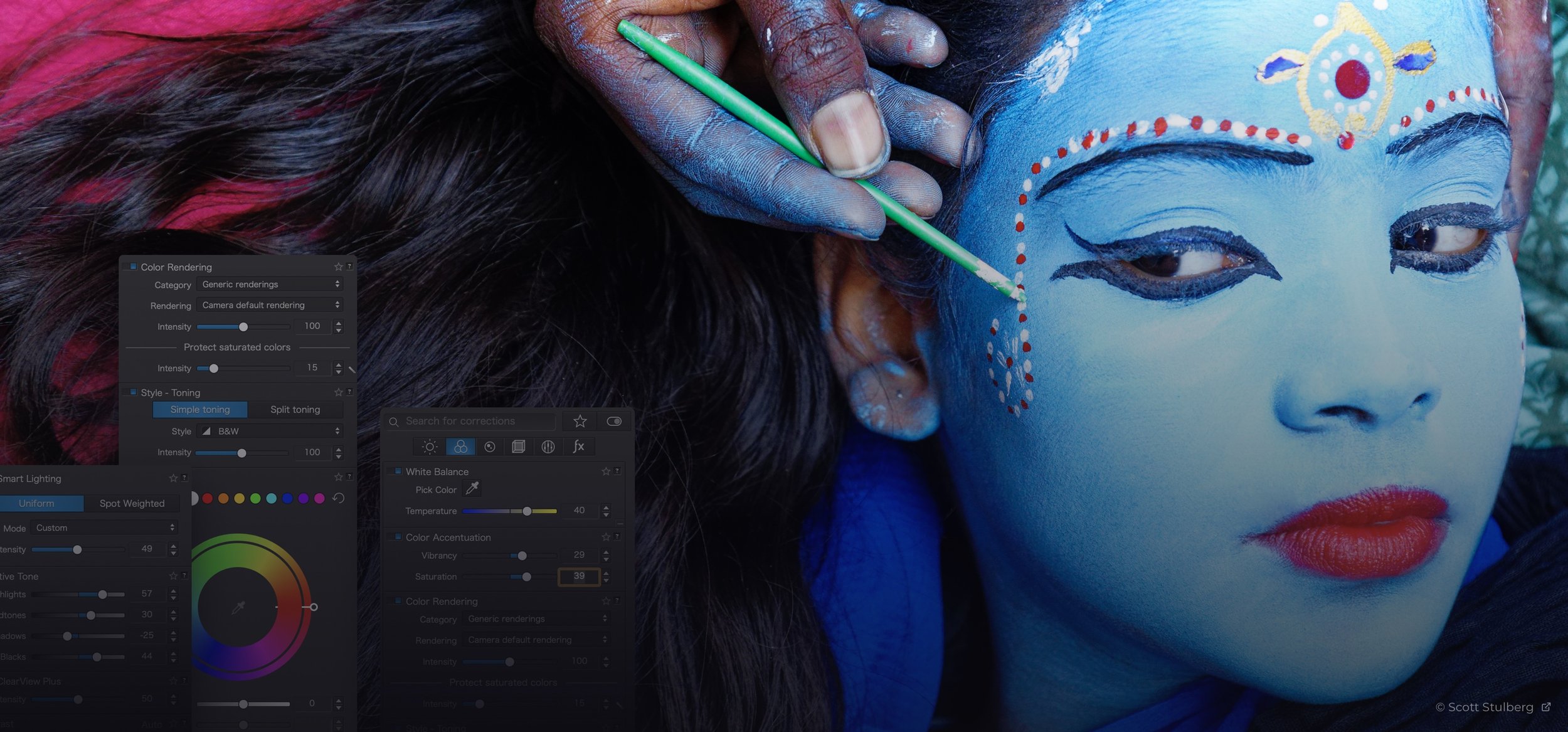How to adjust a Histogram in Lightroom
Gary Detonnancourt
How to adjust a Histogram in Lightroom: www.morethanasnapshot.com
Featured

Lightroom Mobile Update June 2023
0 Comments
Share
categories
Lightroom,
Image Editing
tags Lightroom 6, Lightroom CC 2015, how to, read, adjust, histogram, develop module, develop, sliders
tags Lightroom 6, Lightroom CC 2015, how to, read, adjust, histogram, develop module, develop, sliders











































